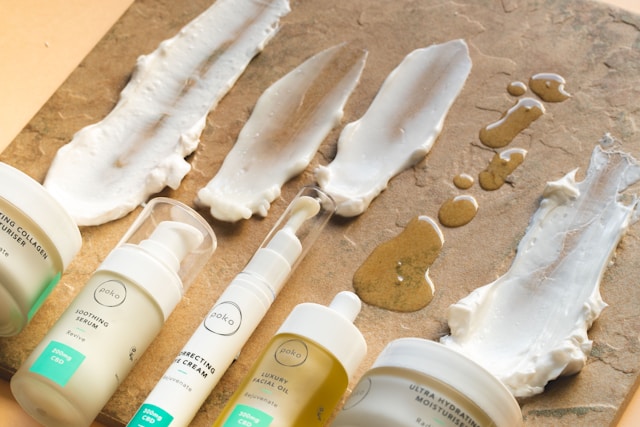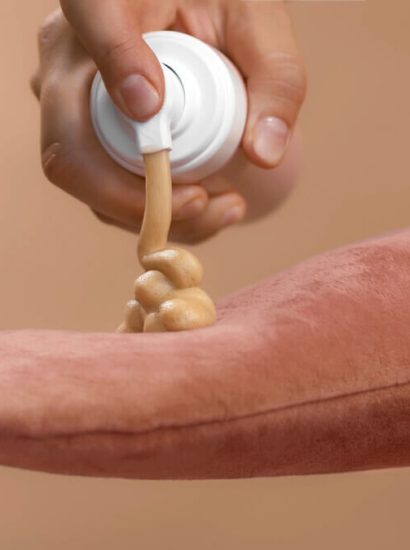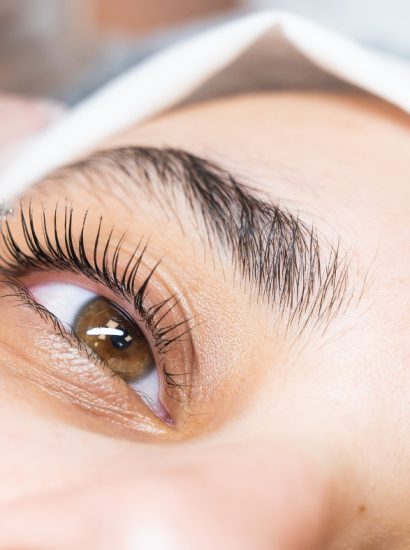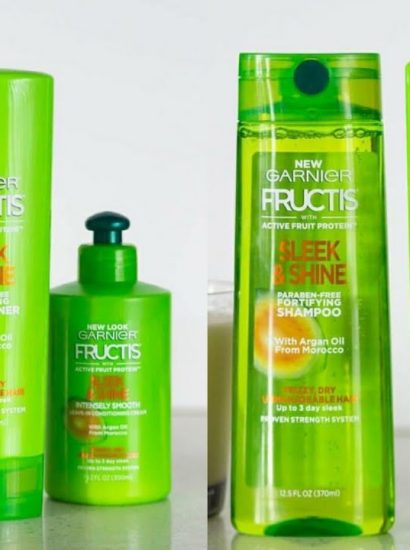The first step to any effective skincare routine is cleansing Cleansing Balm vs Cleansing Oil but when it comes to removing makeup, sunscreen, and daily grime, not all cleansers are created equal. Two of the most popular options are cleansing balms and cleansing oils. Both belong to the category of oil-based cleansers that dissolve impurities without stripping your skin, yet they differ in texture, application, and overall experience.
Choosing between a cleansing balm and a cleansing oil depends on your skin type, lifestyle, and personal preferences. In this guide, we’ll break down 10 pros and cons for every skin type so you can decide which option fits seamlessly into your skincare routine.
1. Cleansing Balm – Pro: Travel-Friendly and Mess-Free
One of the biggest advantages of a cleansing balm is its solid texture, which makes it perfect for travel. There’s no risk of spillage in your bag, and you can scoop out just the right amount without making a mess. This makes balms an excellent choice for people on the go or those who prefer minimal fuss during cleansing.
2. Cleansing Balm – Con: Can Feel Heavy on Oily Skin
While cleansing balms are great for removing stubborn makeup, some formulas can feel rich and heavy—especially for oily or acne-prone skin. If not rinsed thoroughly, they may leave behind a residue that can clog pores. People with oily skin may prefer lighter balm formulas or double cleanse with a gentle foaming cleanser afterward.
3. Cleansing Oil – Pro: Quick and Easy to Apply
Cleansing oils are liquid and spread effortlessly over the skin, making them ideal for people who want a quick cleansing step. They work exceptionally well at melting away waterproof mascara, sunscreen, and long-wear foundation without the need for excessive rubbing.
4. Cleansing Oil – Con: Less Travel-Friendly
Because cleansing oils are liquid, they can spill easily if not packed carefully. They’re also subject to liquid restrictions when flying, which means you might have to transfer them into smaller bottles. This makes them slightly less convenient for travel compared to balms.
5. Cleansing Balm – Pro: Great for Sensitive and Dry Skin
Many cleansing balms contain nourishing oils and butters like shea butter or cocoa butter, which help lock in moisture. Their thicker texture can provide a soothing experience for people with sensitive or dry skin, preventing the tightness that some foaming cleansers cause.
6. Cleansing Balm – Con: Requires More Effort to Emulsify
Unlike cleansing oils that spread immediately, balms need to be warmed between your fingers before application. This extra step can be a minor inconvenience if you’re used to liquid cleansers. For some, this is a relaxing ritual; for others, it’s time-consuming.
7. Cleansing Oil – Pro: Lightweight and Refreshing
Cleansing oils typically have a lighter texture than balms, making them feel fresher on the skin. They rinse off easily with water and leave a clean, smooth finish without heaviness. This makes them a good choice for oily or combination skin types.
8. Cleansing Oil – Con: May Irritate Very Sensitive Eyes
Some cleansing oils can cause a slight stinging sensation if they get into the eyes—especially those with fragrance or essential oils. People with sensitive eyes or contact lens wearers may prefer fragrance-free options or balms formulated for sensitive skin.
9. Cleansing Balm – Pro: Excellent for Removing Heavy Makeup
If you often wear full-coverage foundation, stage makeup, or long-lasting lip products, cleansing balms are your best friend. Their thick texture grips makeup better, breaking it down without excessive rubbing. Even stubborn waterproof eyeliner melts away easily.
10. Cleansing Oil – Pro: Works Well for Everyday Light Makeup
If your daily makeup routine is minimal—think tinted moisturizer, light mascara, and sunscreen—cleansing oils can remove impurities efficiently without the richness of a balm. They’re perfect for people who want quick, no-fuss cleansing at the end of the day.
Conclusion
When it comes to cleansing balm vs cleansing oil, there’s no one-size-fits-all answer. Cleansing balms excel in travel-friendliness, makeup removal power, and moisture retention, making them great for dry and sensitive skin. On the other hand, cleansing oils shine when it comes to speed, ease of use, and a lighter feel, which suits oily and combination skin types.
For many skincare lovers, the best choice is to keep both on hand—using a balm for heavy makeup days and an oil for light cleansing. Whichever you choose, always follow with a gentle water-based cleanser for a complete double-cleansing routine that leaves your skin clean, balanced, and ready to absorb skincare products.
FAQs
1. Can I use both cleansing balm and cleansing oil in my routine?
Yes, you can switch between them depending on your makeup level or skin needs. Both are effective first steps in a double cleanse.
2. Do cleansing balms and oils work for acne-prone skin?
Yes, but choose non-comedogenic formulas and make sure to rinse thoroughly to prevent residue buildup.
3. Which is better for removing waterproof mascara—balm or oil?
Cleansing balms generally work better for heavy waterproof makeup, but both can be effective with the right formula.
4. Should I still double cleanse after using an oil-based cleanser?
Yes. Following with a water-based cleanser ensures all residue, dirt, and oil are removed for a completely clean face.
5. Do I need to emulsify both cleansing balm and cleansing oil?
Yes, both should be massaged into dry skin first, then emulsified with water before rinsing for the best results.
Also read : YSL Concealer: 10 Ways It Can Transform Your Look





